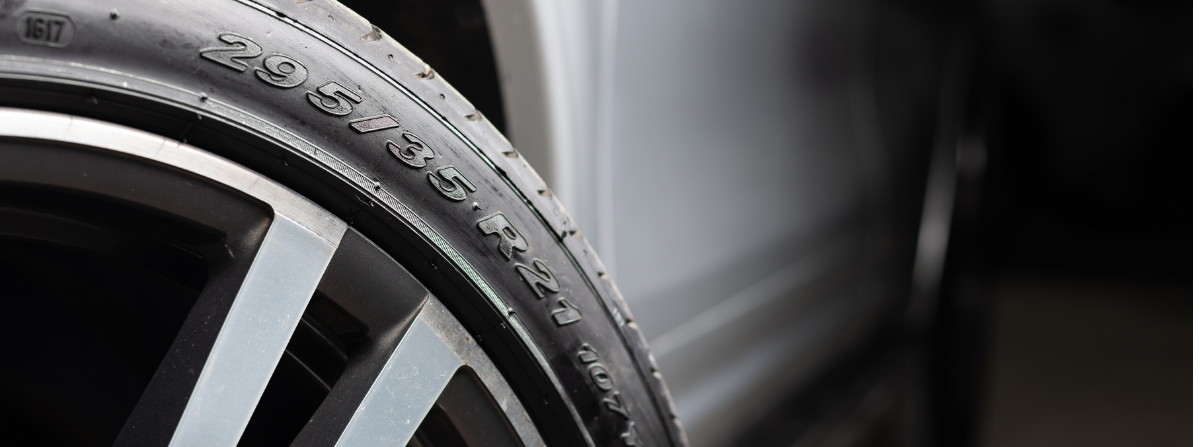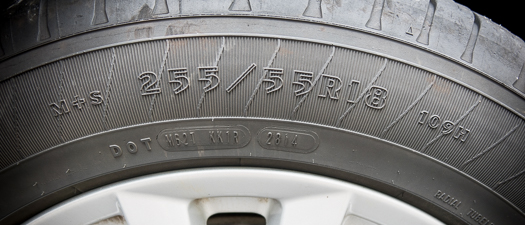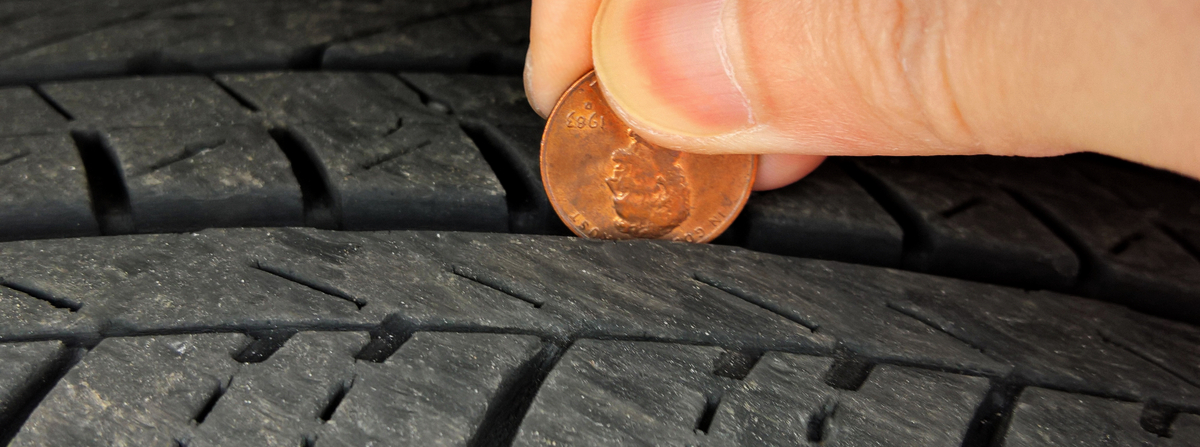
Apr 21, 2025
Tire Ratings Explained: What Those Numbers and Letters Actually Mean
Understanding Tire Ratings: What Those Numbers and Letters Actually Mean
Have you ever looked at the sidewall of your tire and wondered what all those letters and numbers mean? At Sullivan Tire, we believe an informed customer makes better decisions about their vehicle maintenance. That's why we've created this comprehensive guide to help you decode the cryptic markings on your tires and understand exactly what you're purchasing the next time you need replacements.
The Basic Tire Size Format
Let's start with a typical tire size marking: P215/65R16 95H
This seemingly random collection of characters actually tells you everything you need to know about your tire's dimensions and capabilities. Let's break it down section by section:
Tire Type (P)
The first letter indicates the type of vehicle the tire is designed for:
- P: Passenger vehicle (cars, minivans, light-duty pickup trucks)
- LT: Light Truck (heavier-duty pickup trucks, SUVs, vans)
- T: Temporary (spare tires)
- ST: Special Trailer (boat trailers, utility trailers)
Some tires may not have a letter prefix, which often indicates they conform to European standards.
Tire Width (215)
The first number represents the tire's width in millimeters, measured from sidewall to sidewall. In our example, "215" means the tire is 215 millimeters wide. Generally, wider tires provide better grip but may reduce fuel efficiency.
Aspect Ratio (65)
The number after the slash is the aspect ratio, which describes the tire's profile or height as a percentage of its width. In our example, "65" means the tire's height is 65% of its width (215mm).
- Higher numbers (65-75) indicate taller sidewalls, typically providing a smoother ride
- Lower numbers (40-55) indicate shorter sidewalls, usually offering better handling and response
Construction Type (R)
This letter indicates how the tire was constructed:
- R: Radial construction (the most common type today)
- D: Diagonal or bias ply construction (older technology, still used in some specialty tires)
- B: Belted bias construction
Wheel Diameter (16)
This number indicates the diameter of the wheel (in inches) that the tire is designed to fit. In our example, "16" means the tire fits a 16-inch wheel.
Performance Ratings
Now let's look at the numbers and letters that follow the size information:
Load Index (95)
The load index is a numerical code that corresponds to the maximum weight each tire can safely support. Higher numbers indicate higher carrying capacity. In our example, "95" corresponds to 1,521 pounds per tire.
Common load indexes include:
- 75 = 853 lbs
- 85 = 1,135 lbs
- 95 = 1,521 lbs
- 105 = 2,039 lbs
For a typical four-wheel passenger vehicle, you would multiply this capacity by 4 to get your vehicle's maximum load capacity (based on tire limitations).
Speed Rating (H)
The last letter indicates the maximum speed capability of the tire when properly inflated and under load. In our example, "H" means the tire is rated for speeds up to 130 mph.
Common speed ratings include:
- S: Up to 112 mph (typical for family sedans)
- T: Up to 118 mph
- H: Up to 130 mph (high-performance vehicles)
- V: Up to 149 mph
- Z: Over 149 mph (further broken down into W and Y categories)
Remember: These are maximum capabilities under ideal conditions and are not recommendations for driving speeds.
Additional Important Markings
Treadwear Rating
This three-digit number (like "400") indicates the tire's expected tread life. The higher the number, the longer the expected tread life. This rating is comparative rather than absolute – a tire rated 400 should last twice as long as a tire rated 200, under the same conditions.
Traction Rating
This letter grade (AA, A, B, or C) represents the tire's ability to stop on wet pavement. AA is best, followed by A, B, and C.
Temperature Rating
This letter grade (A, B, or C) indicates the tire's resistance to heat buildup and its ability to dissipate heat. A is the highest rating, followed by B and C.
Maximum Pressure
Listed in PSI (pounds per square inch), this is the maximum air pressure the tire can safely hold. This is NOT the recommended pressure for your vehicle – always follow the manufacturer's recommendation found in your owner's manual or on the driver's door jamb.
DOT Code
This starts with "DOT" followed by a series of numbers and letters. The last four digits indicate the week and year of manufacture. For example, "2619" would mean the tire was manufactured in the 26th week of 2019.
Specialty Designations
M+S (Mud and Snow)
This indicates the tire meets certain requirements for use in mud and snow conditions. However, these are not dedicated winter tires.
Three-Peak Mountain Snowflake Symbol
This symbol indicates a genuine winter tire designed specifically for severe snow conditions.
"XL" or "Reinforced"
These designations indicate Extra Load capacity – tires designed to carry heavier loads than standard tires of the same size.
How to Use This Information
When shopping for new tires at Sullivan Tire, we recommend:
- Match the size to what's recommended for your vehicle (check your owner's manual or driver's door jamb)
- Consider the load index – never choose tires with a lower load capacity than recommended
- Choose an appropriate speed rating – match or exceed your vehicle's capabilities
- Select the right tire for your driving conditions – consider weather, road conditions, and your driving style
Expert Assistance at Sullivan Tire
While understanding these ratings is helpful, nothing replaces the expertise of our Sullivan Tire professionals. Our team can help you interpret these numbers and choose the perfect tire for your vehicle, driving habits, and budget.
Visit any Sullivan Tire location, and we'll help you navigate these options to find the perfect match for your vehicle.
Additional Tags
Find Tires
Easily find tires for your vehicle and get pricing on our website. To search, all you need is either your desired tire size or your vehicle information.
Find TiresRelated Articles





